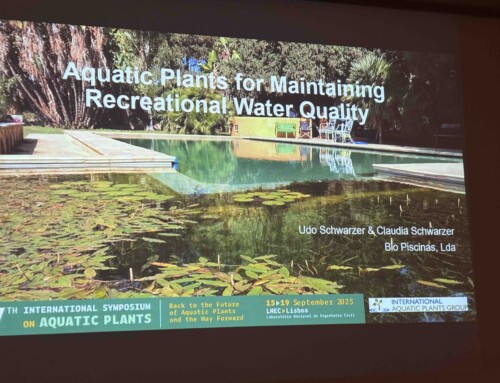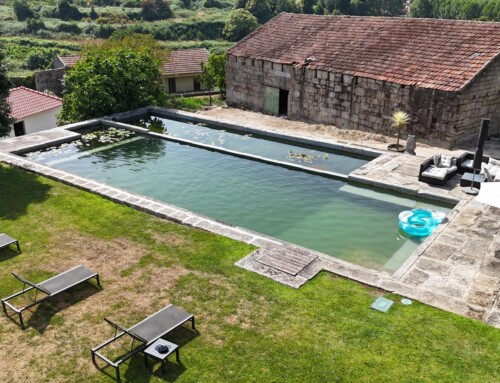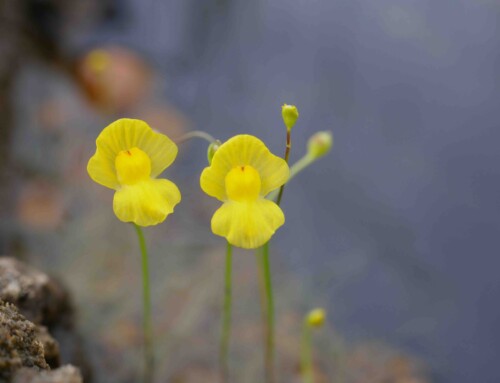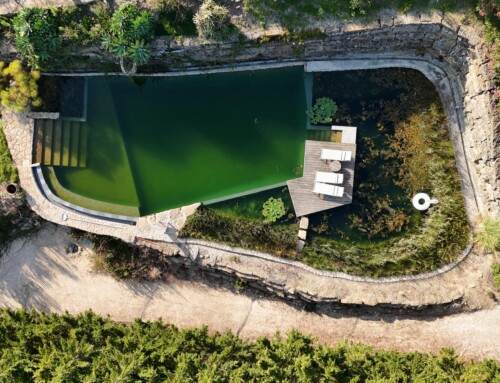The name Water-starwort (Callitriche) identifies species of a small group of aquatic plants that typically have their greatest expansion in late winter and spring. They are plants rooted in substrates of shallow waters with thin and narrow leaves along a slender stem and always ending at the top with some leaves organized in a starlet. These starlets are almost always floating on the water surface.
Their habitat can be moving water from streams or rivers to stagnant waters of ponds or even temporary pools that offer water only a few months of the year.
In Portugal, water-starwort was much appreciated in times of famine and prepared as a green broth, since the plant is edible. But not only man was looking for these plants. Different species of newts also like its thin leaves, as they serve to lay egg by egg in folded stem leaves of this aquatic plant.
Do not confuse Water-starwort with duckweed which are a group of aquatic plants with floating leaves but without being rooted to the bottom.
In biological pools, the Water-starwort is used as an oxygenating plant, often planted where the water flows, for example, in a stream where the water from the filter returns to the bathing area.
 What is a biological swimming pool?
What is a biological swimming pool?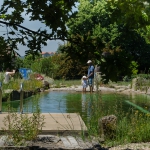 Important to know
Important to know Beyond the swim
Beyond the swim How to build
How to build Compare
Compare PB 22.000
PB 22.000 Biological swimming pools of Public use
Biological swimming pools of Public use Janguiscina
Janguiscina Who we are
Who we are Biological swimming pools
Biological swimming pools Landscape architecture
Landscape architecture ETAP
ETAP Solar Sauna
Solar Sauna Rewilding
Rewilding News
News Photo of the month
Photo of the month Gallery
Gallery Holidays with Swimming Pond
Holidays with Swimming Pond Testimonials
Testimonials Awards
Awards Biological swimming pools around the World
Biological swimming pools around the World Piscinas Biológicas® – Live
Piscinas Biológicas® – Live FAQs
FAQs Downloads
Downloads Shop
Shop

